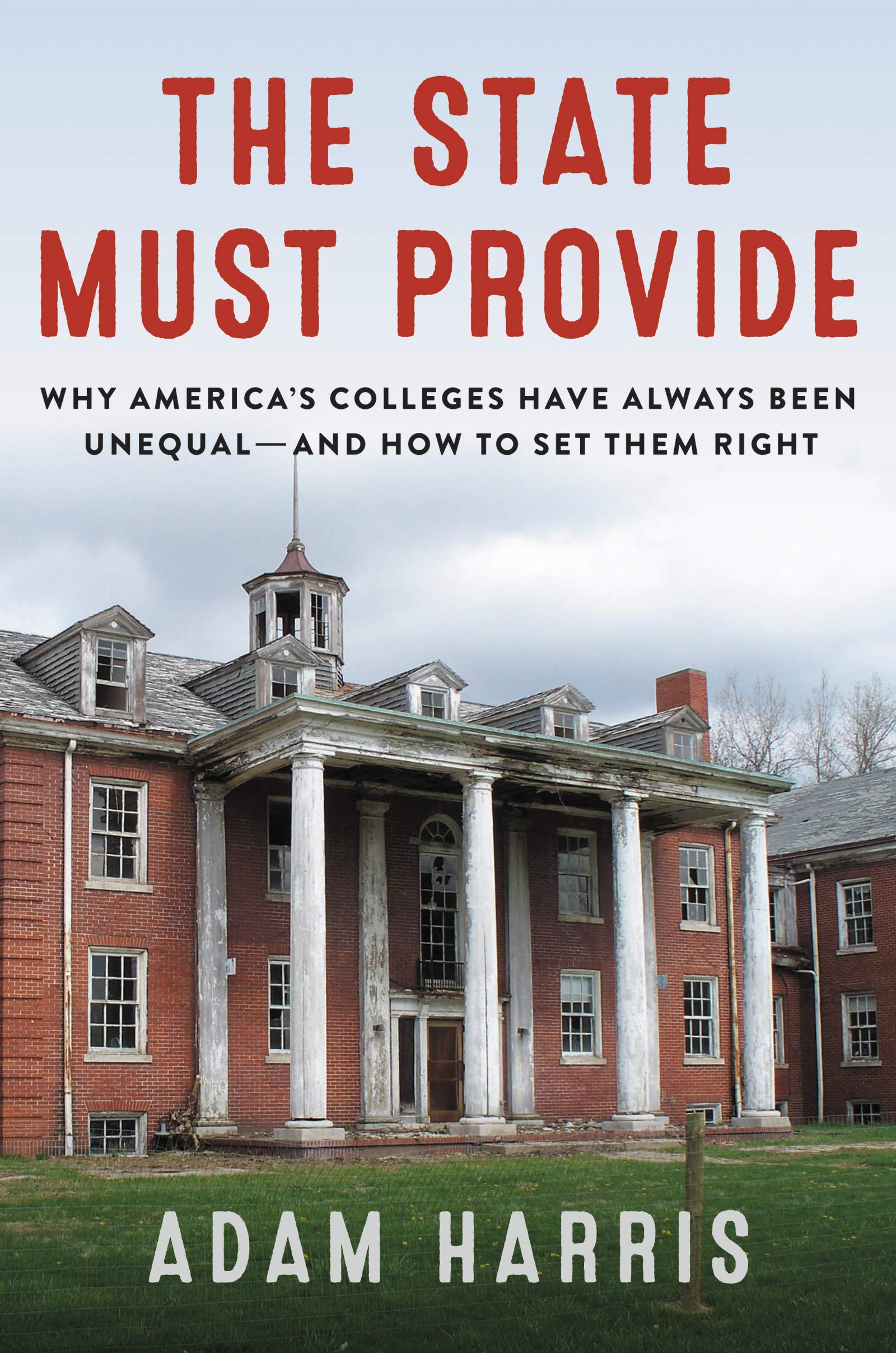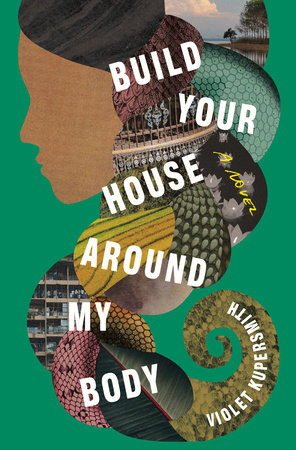
Welcome back! As we’re beginning to settle into a new semester, we at the library wanted to recommend yet another set of titles from our Overdrive and New & Noteworthy collections. These collections are excellent places to look if you’re trying to find a new read, and these five books represent only a tiny fraction of all that you’ll find there. So by all means, if any of the below highlights don’t grab your attention, click either of the above links. You’ll be sure to find something!
 Intimacies by Katie Kitamura. This novel, Kitamura’s fourth, tells the story of an unnamed woman who travels from the US to The Hague shortly after the death of her father. There, she works as an interpreter for the International Criminal Court, developing a strange yet compelling dynamic with an accused war criminal in her professional life and a series of confusing relationships with some of the city’s inhabitants in her personal life. She forms an unsatisfying romantic attachment with Adriaan, a man midway through a divorce, as well as a complicated friendship with art historian Eline and her brother, Anton. The titular intimacies refer to these inscrutable relationships, as well as the intimacy inherent in the protagonist’s work as an interpreter. Ultimately, though often puzzling and mysterious, the novel deftly tackles a bevy of complex themes, ranging from interpersonal relationships to neocolonialism. You can read reviews here and here.
Intimacies by Katie Kitamura. This novel, Kitamura’s fourth, tells the story of an unnamed woman who travels from the US to The Hague shortly after the death of her father. There, she works as an interpreter for the International Criminal Court, developing a strange yet compelling dynamic with an accused war criminal in her professional life and a series of confusing relationships with some of the city’s inhabitants in her personal life. She forms an unsatisfying romantic attachment with Adriaan, a man midway through a divorce, as well as a complicated friendship with art historian Eline and her brother, Anton. The titular intimacies refer to these inscrutable relationships, as well as the intimacy inherent in the protagonist’s work as an interpreter. Ultimately, though often puzzling and mysterious, the novel deftly tackles a bevy of complex themes, ranging from interpersonal relationships to neocolonialism. You can read reviews here and here.
 The State Must Provide: Why America’s Colleges Have Always Been Unequal–and How to Set Them Right by Adam Harris. In this book, Atlantic staff writer Harris takes an incisive look at the resource-related disparities that often exist between historically Black colleges and universities (HBCUs) and predominantly white institutions, focusing particularly on the policy decisions–historical and current–that underpin them. Harris reveals that so many HBCUs were essentially set up to fail from their inception, with federal and state governments working to maintain segregation in American higher education while also deliberately underfunding predominantly Black institutions. These issues of chronic underfunding persist to this day, leaving many HBCUs egregiously lacking in resources. In chronicling this history, Harris also provides compelling portraits of the many Black scholars across generations who have worked to rectify these imbalances, and also weighs the benefits of many potential solutions to this systemic problem. You can read a review here and listen to an interview with Harris here.
The State Must Provide: Why America’s Colleges Have Always Been Unequal–and How to Set Them Right by Adam Harris. In this book, Atlantic staff writer Harris takes an incisive look at the resource-related disparities that often exist between historically Black colleges and universities (HBCUs) and predominantly white institutions, focusing particularly on the policy decisions–historical and current–that underpin them. Harris reveals that so many HBCUs were essentially set up to fail from their inception, with federal and state governments working to maintain segregation in American higher education while also deliberately underfunding predominantly Black institutions. These issues of chronic underfunding persist to this day, leaving many HBCUs egregiously lacking in resources. In chronicling this history, Harris also provides compelling portraits of the many Black scholars across generations who have worked to rectify these imbalances, and also weighs the benefits of many potential solutions to this systemic problem. You can read a review here and listen to an interview with Harris here.
 Velvet Was the Night by Silvia Moreno-Garcia. This noir adventure, set in the midst of the Mexican Dirty War, centers on Maite, a young Mexico City secretary who unexpectedly stumbles into intrigue after her neighbor Leonora goes missing. Though an enthusiast of wild and romantic stories, Maite herself is not a natural investigator, and she only embarks on the case because she had been cat-sitting for Leonora and wants to get paid for her efforts. The reader learns very early on that Maite is not the only one looking for Leonora; so is Elvis, a 21-year-old member of a paramilitary group targeting leftist university students and journalists throughout the city. Moreno-Garcia tells the story from both of their perspectives, and things ultimately come to a head when Maite and Elvis finally cross paths. You can read reviews here and here.
Velvet Was the Night by Silvia Moreno-Garcia. This noir adventure, set in the midst of the Mexican Dirty War, centers on Maite, a young Mexico City secretary who unexpectedly stumbles into intrigue after her neighbor Leonora goes missing. Though an enthusiast of wild and romantic stories, Maite herself is not a natural investigator, and she only embarks on the case because she had been cat-sitting for Leonora and wants to get paid for her efforts. The reader learns very early on that Maite is not the only one looking for Leonora; so is Elvis, a 21-year-old member of a paramilitary group targeting leftist university students and journalists throughout the city. Moreno-Garcia tells the story from both of their perspectives, and things ultimately come to a head when Maite and Elvis finally cross paths. You can read reviews here and here.
 Doomed Romance: Broken Hearts, Lost Souls, and Sexual Tumult in Nineteenth-Century America by Christine Leigh Heyrman. In this book, Heyrman documents a unique episode in the history of American evangelicalism, telling the story of Martha Parker. A young woman in 1820s New England, Parker ignited a series of tensions between prominent members of the local evangelical community, despite harboring an earnest desire to serve as a Christian missionary abroad. Fatefully Parker, in pursuit of her dream, broke her engagement to her influential second cousin, Thomas Tenney, to accept the proposal of missionary Elnathan Gridley. Heyrman chronicles Tenney’s subsequent efforts to ruin Parker’s name, including enlisting the help of another one of her former suitors and inciting an investigation into her character by the American Board of Commissioners for Foreign Missions. Ultimately, Tenney’s handiwork leads to the dissolution of Parker’s new engagement, and she eventually agrees to set aside her missionary ambitions and marry him. In relaying this sordid tale, Heyrman makes several cogent connections to the history of gender relations in evangelicalism, connecting this seemingly isolated event to much larger, more systemic problems within the movement. You can read reviews here and here.
Doomed Romance: Broken Hearts, Lost Souls, and Sexual Tumult in Nineteenth-Century America by Christine Leigh Heyrman. In this book, Heyrman documents a unique episode in the history of American evangelicalism, telling the story of Martha Parker. A young woman in 1820s New England, Parker ignited a series of tensions between prominent members of the local evangelical community, despite harboring an earnest desire to serve as a Christian missionary abroad. Fatefully Parker, in pursuit of her dream, broke her engagement to her influential second cousin, Thomas Tenney, to accept the proposal of missionary Elnathan Gridley. Heyrman chronicles Tenney’s subsequent efforts to ruin Parker’s name, including enlisting the help of another one of her former suitors and inciting an investigation into her character by the American Board of Commissioners for Foreign Missions. Ultimately, Tenney’s handiwork leads to the dissolution of Parker’s new engagement, and she eventually agrees to set aside her missionary ambitions and marry him. In relaying this sordid tale, Heyrman makes several cogent connections to the history of gender relations in evangelicalism, connecting this seemingly isolated event to much larger, more systemic problems within the movement. You can read reviews here and here.


